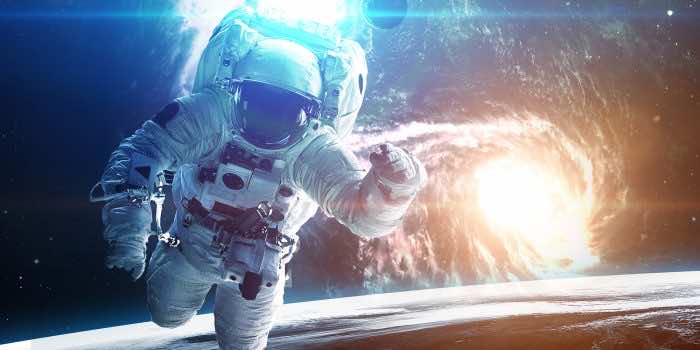Scientists at NASA have elucidated a timeline of human missions to space. According to space scientists, human beings have already conquered the moon, which is also the closest celestial body to Earth. The successful mission to the Moon will now serve as a basepoint to carry out further missions to Mars, the Asteroid Belt, Jupiter, and Saturn. President John F. Kennedy was the one who suggested a crewed mission to the Moon back in 2010, and following this, then-President Obama anticipated that humans would land on asteroids in 2025.

However, President Obama’s anticipated date is also close to being accomplished when, in 2020, NASA’s Origins, Spectral Interpretation, Resource Identification, Security, and Regolith Explorer (OSIRIS-REx) made a brief landing on an asteroid named “Bennu” and the expected delivery of the particles collected from there is in 2023.
The chronology continues, and space scientists have now predicted that reaching the asteroid belt would take 50 years approximately, with the goal of acquiring Mars by 2038 through properly crewed missions. The Artemis 1 mission is the result of this same deadline as we have encountered recently, which shows that scientists are going above and beyond to meet their proposed targets.

Jonathan Jiang, the group supervisor and principal scientist at the JPL (Jet Propulsion Laboratory) in Pasadena said that Stephen Hawking gave a fair warning to human beings to reach other planets and leave the earth by the next 200 years if they want to live with adequate resources and better climatic conditions. According to the study published in the space journal, human beings would be able to touch down on the asteroids in 2073 and finally land on Jupiter in 2103 and then Saturn in 2132, provided that everything goes according to the expected schedule and with efficient economic parameters.
Jiang added, “Our previous work was the first step towards predicting timeframes for the first human-crewed launches from Earth to the Solar System. The model was developed based on trends from empirical data of space exploration and computing power through the first six-plus decades of the Space Age, which projects the earliest possible launch dates for human-crewed missions. The model used computational power”.
There is really a long way to go. If not us, then our future generations will definitely witness the landings on Jupiter and Saturn in the coming century. However, the good news is that we might be able to see an asteroid landing in this century if space missions continued at the same pace.


